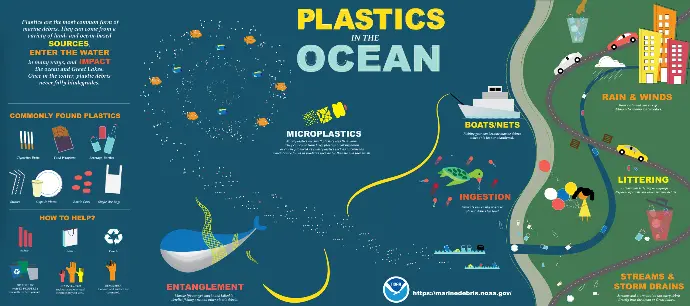We've all heard the phrase "a picture is worth a thousand words." But what about a graph? Can a collection of numbers and lines truly tell a story? We decided to put this theory to the test with a group of teachers, armed with nothing more than a micro:bit, some basic data, and a blank piece of paper. The result? A fascinating exploration of data visualization and storytelling.
Data Visualization
What is data? When we ask students what they think data is, they are likely to say it's something like a long list of information and/or numbers. But, really, "data" can be anything that's used to make decisions, such as quantitative elements like measurements and statistics, or qualitative elements like descriptions or feelings.
This leaves us with two problems; First, as we often say here at CodeJoy, anything is too many things. And second, a long list of numbers is not inherently interesting. Well, at least not to most people, and certainly not most of our students. We need to find ways to make those long lists comprehensible and relevant. Cue, data visualization! Did you know, human beings process images 60,000 times faster than text? That is three times faster than the blink of an eye. We are evolutionarily designed to look at pictures and visuals and analyze them quickly and effectively. Learn more about your powerful sense of sight here: https://ifvp.org/content/why-our-brain-loves-pictures
Examples of Data Visualization:



In our recent Micro:bit in the Wild professional development course with the Infosys Foundation USA, we showcased the importance of data visualization, by highlighting some scientific artists. John Gurche (b. 1946), is a paleo artist whose work inspired the dinosaurs of Steven Spielberg's 1993 film "Jurassic Park". Alyssa Pagan (b. 1990) is a space scientist who takes images produced by telescopes like James Webb and Hubble and translates them into something we can visually comprehend. Why do we need artists in science? Well, artists like Alyssa and John use limited data sets to make inferences and draw conclusions that visually help non-scientists understand scientific findings.

Data Logging with micro:bit
The BBC micro:bit V2 has. some amazing capabilities, and top of that list is data logging. WIth more memory and a larger processor, your micro:bit can now collect and store information that you can then look at on your computer. To learn more about data logging on the micro:bit, check out https://microbit.org/get-started/features/data-logging/.
To get an idea of what micro:bit data looks like, Kelsey Derringer, CodeJoy Co-Founder, collected some data on a camping trip! The camping trip was in Portersville, PA on June 1-Jun 2, 2024. Kelsey wrote a code to collect temperature, sound, and light data. The campers were set up near a pond, in a small valley, and the micro:bit was set out on a picnic table, in a plastic bag, for 24 hours.

Data Sketch: Unleashing Teacher Creativity
We tasked educators in our Micro:bit in the Wild course to visually analyze this data we collected with a micro:bit. With the graph in hand, we introduced the concept of "data sketching." The goal was to understand the data presented in a graphical format, form hypotheses about why the data looks like that, and then draw a picture to demonstrate or explain something they saw in the data. We encouraged them to use their imaginations to tell the story the data told them. However, we also expressed the need to honor the data and not get too imaginative. (If you get a little too imaginative with your data, you end up with the 'Magdeburg Unicorn.'
Some teachers chose to focus on the overall shape of the graph, creating comic strip-style panels to explain why the light changed (the sun!). Others zoomed in on specific points, transforming a single data point into a detailed scene or character. Some even combined multiple data points to create a narrative, telling a sotry about Kelsey's Caming Adventure, based on the data they saw.
It became clear that this data sketch activity was more than just an art project. Using the same principles that gave us "Jurassic Park" dinosaur depictions and images of our galactic goings-on, this simple activity combines data fluency, environmental literacy, communication, and art - and it's fun! By encouraging teachers to look beyond the numbers and see the story within the data, we helped them develop a deeper understanding of data analysis and visualization.
Take a look at the sketches teachers in our Micro:bit in the Wild course created:
Pathfinders
FREE Summer PD
is Back
Free PD for Public School Educators
